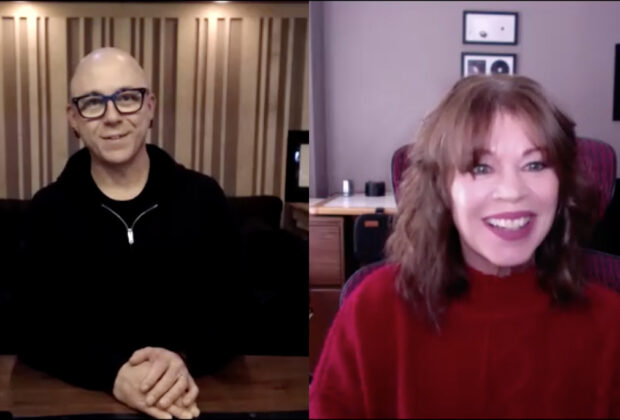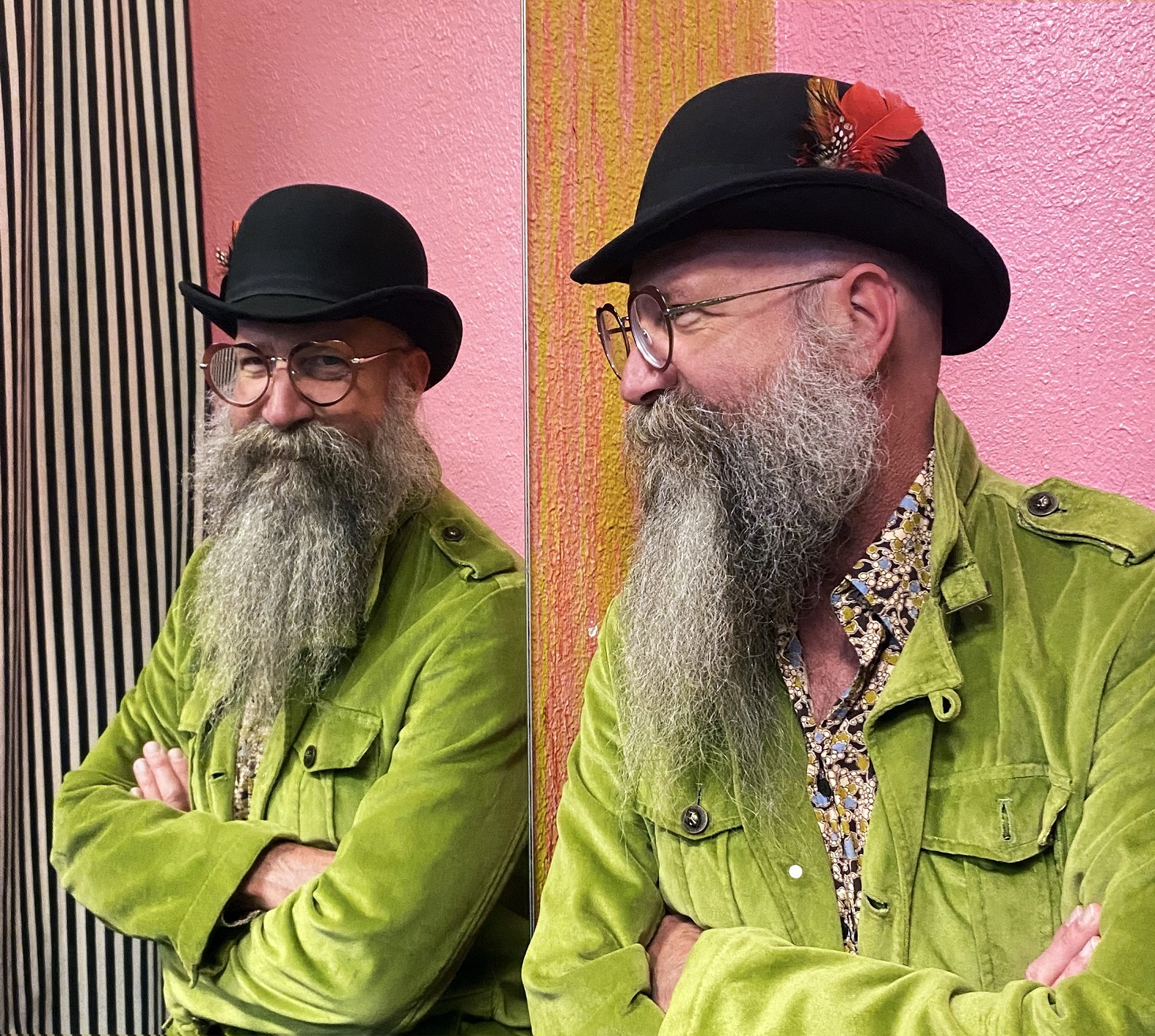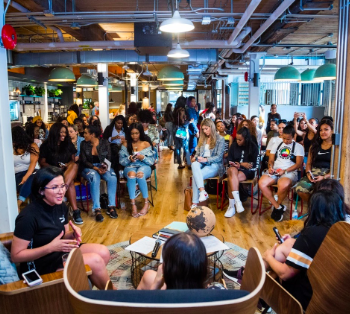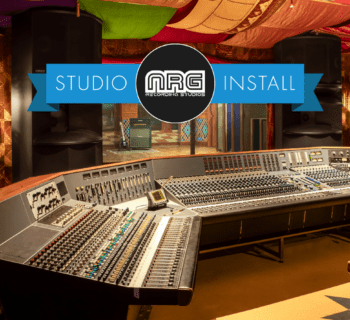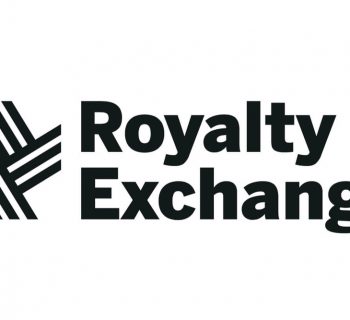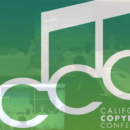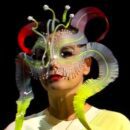You’ve probably heard the buzz about Atmos, the new surround sound format from Dolby. As a music listener, to know Atmos is to love Atmos! But if you’re interested in the technical side of sound engineering, you might have questions about mixing in this new 3D audio model. Following, studio owner and engineer Brad Smalling of Evergroove Studio in Evergreen, CO shares his perspective about taking the plunge into mixing in Atmos.
Music Connection: From an engineering standpoint, can you tell us how mixing in Atmos is different? What’s your process?
It’s different in that initially, the set-up is a little bit more difficult. It’s not simply mixing inside of your favorite audio software like Pro Tools. You need an external renderer that takes all of this panning data – all of this metadata – and then turns it into Atmos for you. Dolby still very much recommends having a full speaker setup like we have here (Evergroove Studios) – for QC and things like that. So, technically, getting it set up takes a few more steps. It’s just not as easy as opening up a session and getting going.
Then once you get that going, it’s initially intimidating. The first time I did an Atmos mix, it was intimidating, because you can put anything anywhere. So, like, where do I put the vocal? Where do I put (other elements)? So, the advice that I’d give to engineers, or people looking to get into Atmos is go a little slow, and a little goes a long way.
In mixing for Atmos, it’s good to remember that what we’re calling the front wall – my left, center and right, which is in front of me – is still louder, and more “punchy” or “immediate” than sound behind us, which sounds more dull. So, you gotta kind of be careful about where you put your drums, where you put your lead vocal. These things are very important. So, in my workflow, the very first thing I start with is the vocal. When I’m placing the vocal, I just don’t randomly put it in the center channel, or leave it on the front wall. I place the vocal where it feels good for the song – where the singer feels in front of me, feels very immediate – all of those things that we want the vocals to do.
So, for my workflow, I start with the vocal, I work towards the drums and the bass and establish a really good feel for that whole rhythm section vocal thing in the room. Then we can start adding guitars, keyboards, and other things in and around and start to really take advantage of this dome that we have.
MC: What about genres? Is Atmos good for any genre, or are certain ones better?
I’m really glad you asked that because I’ve had so many artists say “Well, but all I do is folk.” We’ve mixed bluegrass, we’ve mixed indie folk, we’ve mixed hip hop, reggaeton, pop, punk, adult contemporary, classical, straight rock. It is not genre specific. I will say the quality of recording matters more, because as you start to pull things out of the stereo field and into this dome, if anything isn’t recorded very well, it will become pretty apparent very quickly. So, it’s not genre-specific. It’s up to your imagination.
MC: In your opinion, why do you think artists and bands should consider getting tracks mixed in Dolby Atmos?
I think artists should be mixing in Atmos. It’s a new format that, honestly, has been a long time coming. So many times I’ve sat in this room and had an artist with a really creative idea, but until Atmos, all we had was left and right. They wanted an instrument to do a certain thing or pan a certain way or feel a certain way. Or a vocal to be very intimate, or a guitar to be very airy and floating. They use all of these terms, and I don’t want to say it was hard to get there, but it always felt kind of compromised. You got there, but maybe you had a delay or a reverb or a way to do it.
Now (with Atmos), if someone wants an acoustic guitar to kind of float or feel light in a bridge or something, I can bring it off the front wall, and I can then lift it up, and I can have it feel like it’s kind of floating above you. And the very cool thing about that is with binaural rerender (the headphone mix that Atmos delivers), the algorithm gives you front to back, up and down. So, you feel that in headphones, too. It gives a more immersive experience for your listener. It gives you a more creative outlet. At that point, the sky’s the limit.
MC: Do you think that mixing in Atmos gives artists a competitive edge?
Mm-hmm. Yeah, I think it will. It’s just a matter of time. With Netflix now doing Atmos, Apple TV going toward Atmos, all these streaming services – I can’t help but think the sync opportunities are going to be tremendous out of the gate.
(Atmos) already is the new standard. Apple and Dolby support it. The format change is here. Practically every new release you hear now is already in Atmos. I do predict that stereo’s gonna become the new mono. (Atmos) is just going to become the norm. They’re putting it into cars. It’s suddenly everywhere. So, I say, get ahead of the wave now. •
Check out the full video interview, including audio samples, here: https://youtu.be/_w60qkax_XE
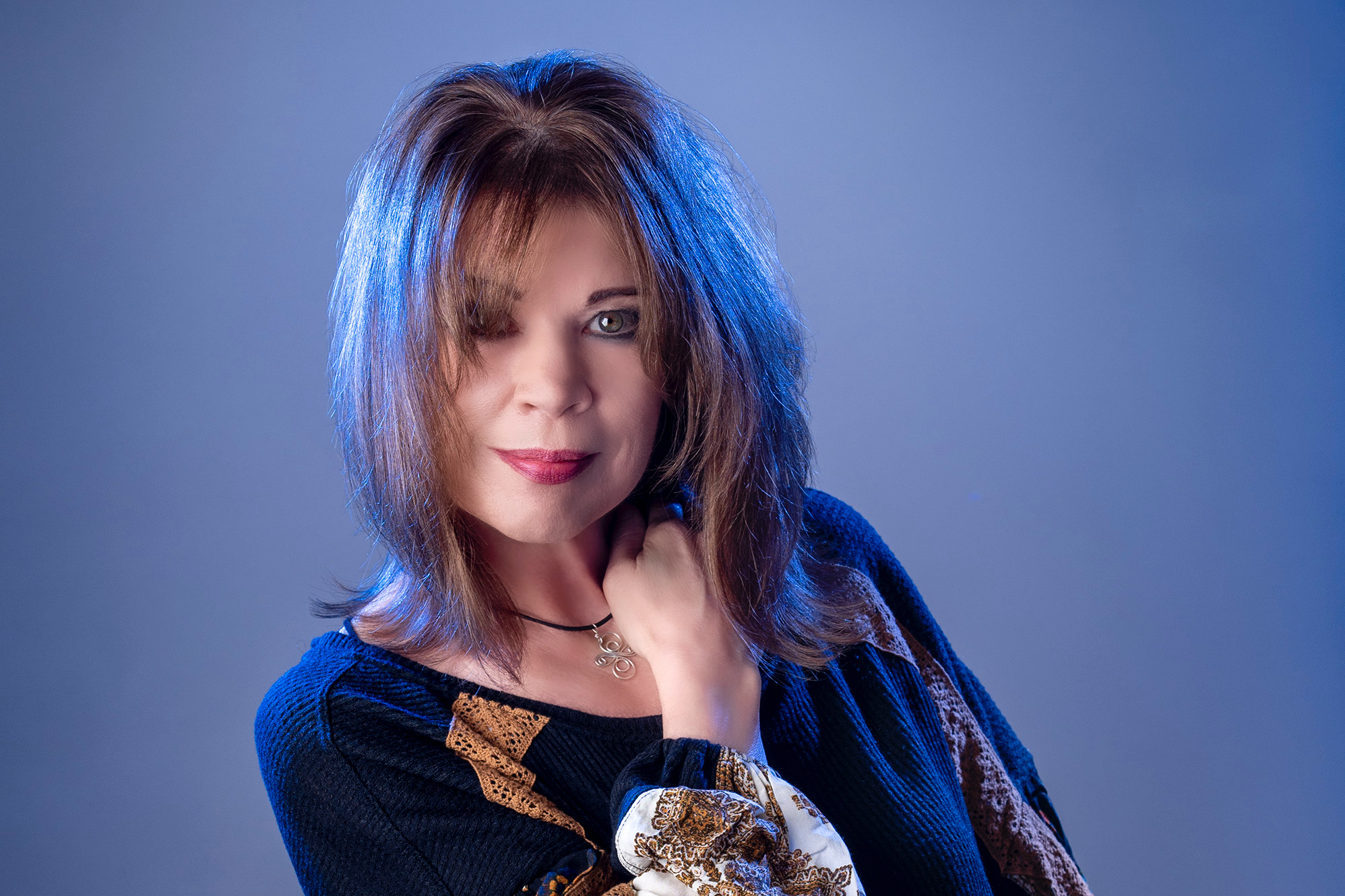
Singer-songwriter ANGELA PREDHOMME is a contributing writer for Music Connection. Predhomme’s music has been heard by millions through television, film, radio and streaming. Her songs have been featured in the popular Hallmark movie “Christmas on Honeysuckle Lane,” Lifetime’s hit show “Dance Moms,” Freeform’s “Switched at Birth,” commercials for ING Bank and Fiat, and more. Predhomme’s award-winning songs have topped the Euro Indie and World Indie Music Charts, and she’s been marked as “one to watch” by music journalists. •

